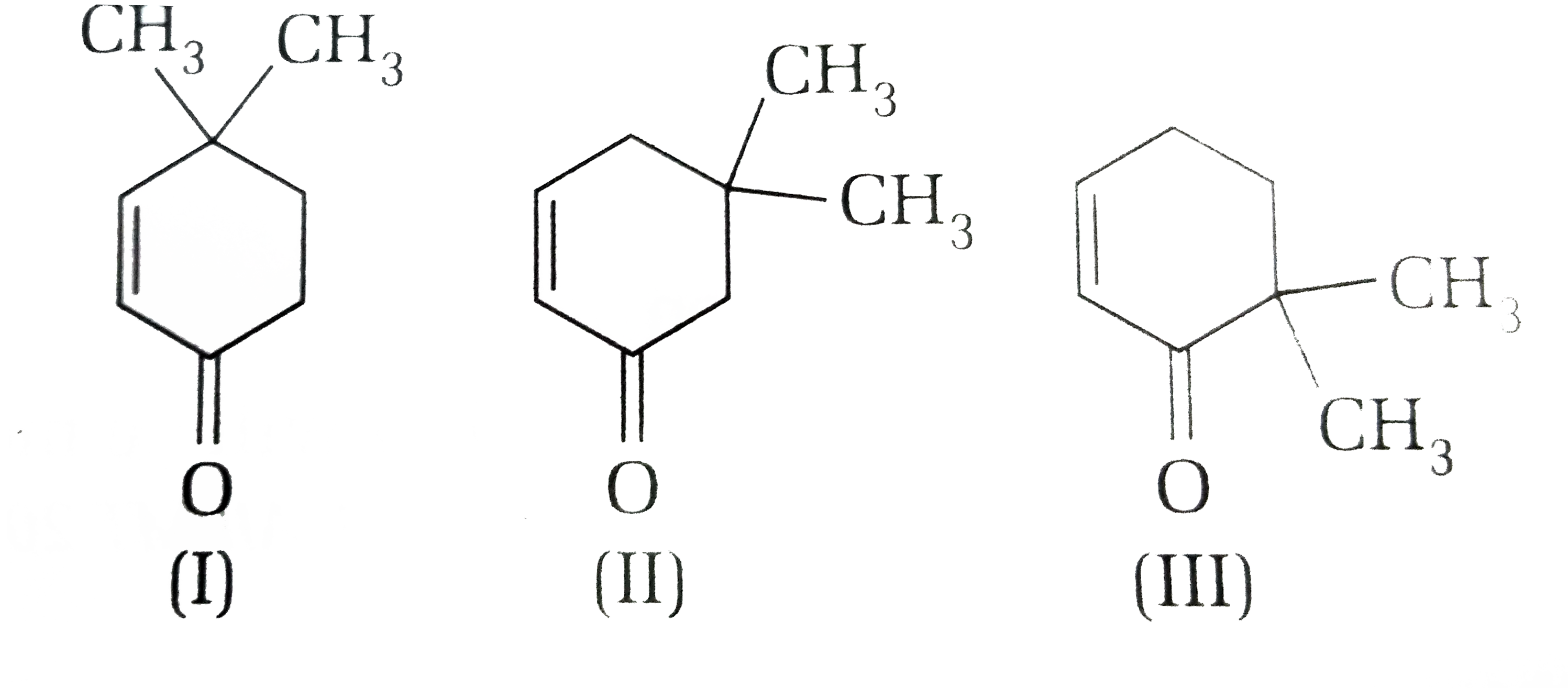Which of the following compounds can exhibit enantiomerism?
3-hydroxy propanoic acid
3-hydroxy butanoic acid
4-hydroxy butanoic acid
none of these
The correct Answer is:B
To determine which of the given compounds can exhibit enantiomerism, we need to identify if any of the compounds contain a chiral carbon. A chiral carbon is a carbon atom that is attached to four different groups, leading to non-superimposable mirror images known as enantiomers.
1. Understand Enantiomerism: Enantiomers are pairs of molecules that are mirror images of each other but cannot be superimposed. For a compound to exhibit enantiomerism, it must have at least one chiral carbon atom.
2. Identify Chiral Carbons: A chiral carbon is typically a carbon atom bonded to four different substituents. We will analyze the structures of the given compounds to identify any chiral carbons.
3. Draw Structures:
- 3-Hydroxypropanoic Acid:
- Structure: CH3-CH(OH)-C(=O)OH
- In this structure, the second carbon (C2) has four different groups:
- Hydroxyl group (OH)
- Hydrogen (H)
- Methyl group (CH3)
- Carboxylic acid (COOH)
- Therefore, this carbon is chiral and can exhibit enantiomerism.
- 3-Hydroxybutanoic Acid:
- Structure: CH3-CH(OH)-CH2-C(=O)OH
- The third carbon (C3) is also attached to four different groups:
- Hydroxyl group (OH)
- Hydrogen (H)
- Methyl group (CH3)
- Ethyl group (C2H5)
- This carbon is also chiral and can exhibit enantiomerism.
- 4-Hydroxybutanoic Acid:
- Structure: CH3-CH2-CH(OH)-C(=O)OH
- The third carbon (C3) is not chiral because it is bonded to two hydrogen atoms and does not have four different substituents.
4. Conclusion: Among the compounds analyzed, both 3-hydroxypropanoic acid and 3-hydroxybutanoic acid can exhibit enantiomerism due to the presence of chiral carbons. However, 4-hydroxybutanoic acid does not have a chiral carbon and cannot exhibit enantiomerism.
Final Answer:
The compounds that can exhibit enantiomerism are 3-hydroxypropanoic acid and 3-hydroxybutanoic acid.
- 3-Hydroxypropanoic Acid:
- Structure: CH3-CH(OH)-C(=O)OH
- In this structure, the second carbon (C2) has four different groups:
- Hydroxyl group (OH)
- Hydrogen (H)
- Methyl group (CH3)
- Carboxylic acid (COOH)
- Therefore, this carbon is chiral and can exhibit enantiomerism.
- Structure: CH3-CH(OH)-CH2-C(=O)OH
- The third carbon (C3) is also attached to four different groups:
- Hydroxyl group (OH)
- Hydrogen (H)
- Methyl group (CH3)
- Ethyl group (C2H5)
- This carbon is also chiral and can exhibit enantiomerism.
- Structure: CH3-CH2-CH(OH)-C(=O)OH
- The third carbon (C3) is not chiral because it is bonded to two hydrogen atoms and does not have four different substituents.
The compounds that can exhibit enantiomerism are 3-hydroxypropanoic acid and 3-hydroxybutanoic acid.
Similar Questions
Knowledge Check
- Question 1 - Select One
Which of the following compounds can exhibit tautomerism?
AC6H5CHOBC6H5−O∣∣C−CMe3CC6H5−O∣∣C−CH2−O∣∣C−HDC6H5−O∣∣C−C6H5 - Question 2 - Select One or More
Which of the following compounds can exhibit geometrical isomerism?
A B
B C
C DC2H5−CH=CH−CH=CH
DC2H5−CH=CH−CH=CH - Question 3 - Select One or More
Which of the following compounds can exhibit geometrical isomerism?
AH3C−CH2−CH=CH−CH3B C
C D
D
Given
Which of the given compounds can exhibit tautomerism?View SolutionWhich of the following compounds exhibits stereoisomerism?
View SolutionWhich of the following compounds exhibits stereoisomerism?
View SolutionWhich of the following compounds will exhibit tatutomerism?
View SolutionWhich of the following compounds exhibit optical isomerism?
View Solution



